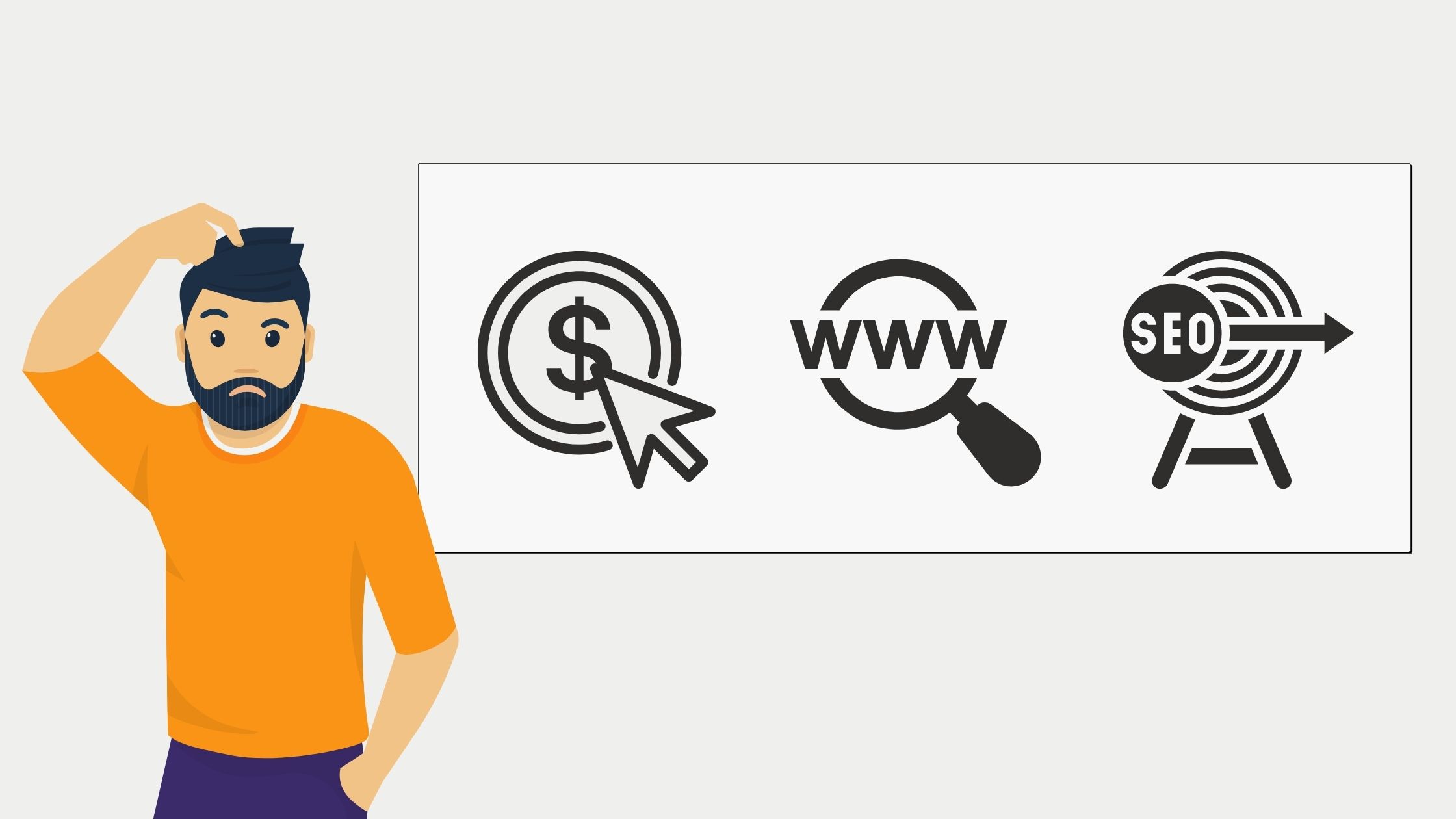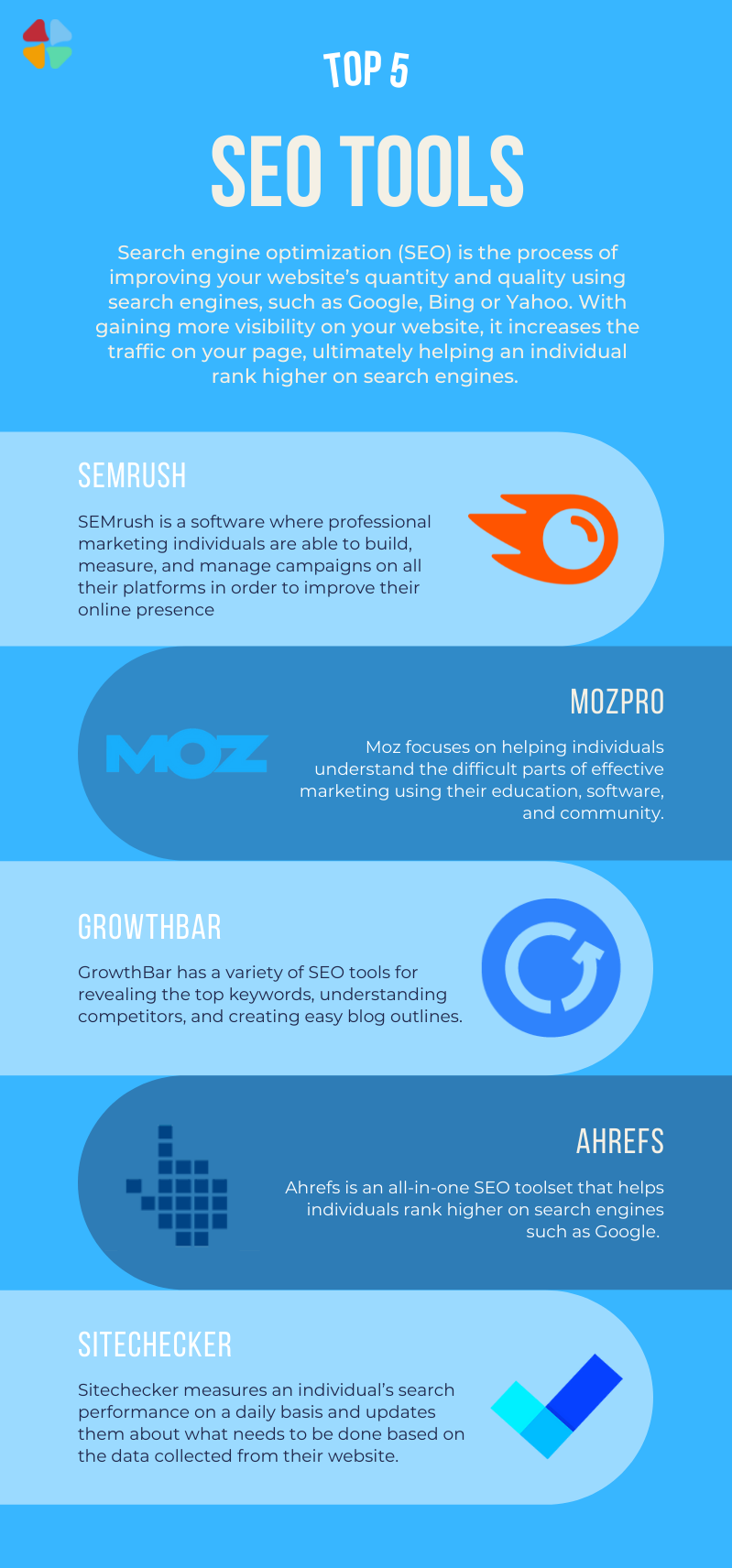Written by Aqleema Anwar
There is a misconception that web traffic helps a website grow. It is true that a higher number of views translates into more visibility or traction for a site. But the most important thing is that your site comes up as a search result for people looking for the specific product or service you are offering.
If there are millions of people searching for things online, how do you make sure your site comes up at the top of their results?
There are both organic and paid methods that Caiden Media suggests in order to leverage your digital marketing.
Let’s explore three of these options, SEO vs SEM vs PPC, a little further.
SEO
Short for Search Engine Optimization, SEO is the original method of driving internet traffic and is often referred to as being the most organic because it relies on search engine algorithms and therefore is visible to everyone. It is a free process in the monetary sense and can be done with simple tweaks to an already existing website or easily implemented into a brand new one. Improvements or upgrades can be but are not limited to, page titles, specific content, and keywords.
What you don’t pay in money for instant results, you often pay in time and energy building your brand through content. Because it is a more “natural” approach, the benefits of SEO can take a little longer to see but it can also provide long-lasting results compared to paid options like SEM or PPC. Searchers tend to trust or gravitate towards organic results which means that SEO gets more clicks than PPC.
SEM
This stands for Search Engine Marketing and is the paid strategy of search marketing. The costs involved are most often in the form of paid advertising and campaigns. Brands bid for popular keywords and based on their ranking and how much they paid, their website appears as an ad on a search engine results page (SERP). These results are not visible to everyone and instead are shown to a target audience.
Some platforms also include the word “Ad” beside the results; this potentially could mean a loss in credibility and another reason why people prefer SEO methods which they feel can be more trusted. The results of SEM are immediate because of the paid advertisement elements but are also short term as they only run the selected duration of the campaign.
PPC
Pay-Per-Click shares a similarity with SEM in that they are both paid advertising. In fact, depending on your own opinion on the matter, it could be argued that SEM is the blanket term for using search engines as a form of marketing. From there you have the two branches SEO which we’ve already discussed and PPC.
When choosing between the two it can sometimes be hard to determine if SEO or PPC is a better option for your business.
Every time someone clicks on an ad, the brand that created the ad is charged a fee; hence the term pay-per-click. Businesses bid for the chance to show an ad next to search engine results, these ads come in a variety of formats, including but not limited to text ads, video or image ads, Google Ads, Bing Ads and so many more.
Google Ads which is a form of PPC marketing, allows ads to be showcased outside of the search engine via the Google Display Network. This is advantageous in that you can select sites from within their network such as Amazon and open up the visibility of your ad to customers who may not have been searching for your services to begin with.
SEO vs SEM vs PPC – PROs and CONs
All three of these options have their advantages and disadvantages but which side of the spectrum they fall on is based on what results your brand is looking for. Here’s an overview:
SEO – search engine optimization
- Unpaid
- Results take longer
- Customer retention
- Organic, seen as more trustworthy
- Relies on algorithms and link building
- Hard to measure progress
SEM – search engine marketing
- Paid. More money = more traffic
- Results are instant, often within hours
- Often seen as having lower credibility
- Independent of algorithm
- Longevity based on campaign, lower customer retention
- Detailed tracking of results
PPC – Pay per Click
- Paid. Brands bid on the position
- Traffic is inconsistent
- Lower credibility, not algorithm based
- With Google Display Network, can post on multiple sites
- Longevity based on length of the campaign
- Detailed tracking, ability to revise based on customer interest
Best used together or separately?
It doesn’t always have to be an SEO vs SEM vs PPC situation where you have to choose one over the other. For example:
Used on its own, SEO is great for brand building and can have successful results with minimal financial costs involved, it can also be used together with SEM. However, it doesn’t work the other way around; SEM cannot work without SEO, at least not successfully.
Here’s why:
By brands paying for important keywords, users see the paid ad and click on it. The link takes them to the website but if it doesn’t have the relevant information they are looking for, that same user will head back to Google to start all over again. Search engines track this information and give the brand’s page a quality score. Based on a quality score, brands end up ranking lower and in turn are charged more for keywords.
So, if you don’t have the content to engage the customer, your paid ads are not benefiting you at all. This can be avoided by utilizing SEO strategies such as page titles and relevant content that includes keywords, amongst others.
It doesn’t make sense to use PPC and SEM together, unless you have an unlimited budget. Both use a paid advertising strategy and will essentially get you the same results, it’s up to you how you want to achieve those results.
Much like SEM though, PPC cannot be successful without SEO content on your website but it is a great way to get non-branded internet traffic there. PPC’s can also be used on social networks or platforms, something that SEM does not have the capability of doing.
Always Focus on the User
Whether you choose SEO, SEM, PPC or any combination of the three, the most important thing before applying any of them is to have an understanding of what your customers are searching for. How would you search for what you’re selling or offering? Seems like a simple way to approach it but if you aren’t aware of what keywords are necessary, you won’t be successful in utilizing any of the search marketing that has been discussed.
Some of the things you can do are:
– Enter your keyword/service into a search engine
- Notice where, or even if, your website ranks on the SERPs
- Can you do anything to improve your website ranking for these keywords?
– Do Keyword Research; a simple, but not the only way, to do this is:
- start typing keywords of your business/service into the search engine but don’t hit enter
- Notice what follow up words are suggested
- Start including those in your SEO content
- Utilize that to bid on keywords for SEM
– If using SEO strategy, engage your customer
- You got them to your page, now make sure to keep them
- Add images to your content
- Utilize link building
If you’re still confused about how to increase the placement of your website on a search results page, working with a digital marketing agency can definitely help you get an understanding of what your customers’ needs are and what the best strategy would be for your needs, and how to best apply it.






